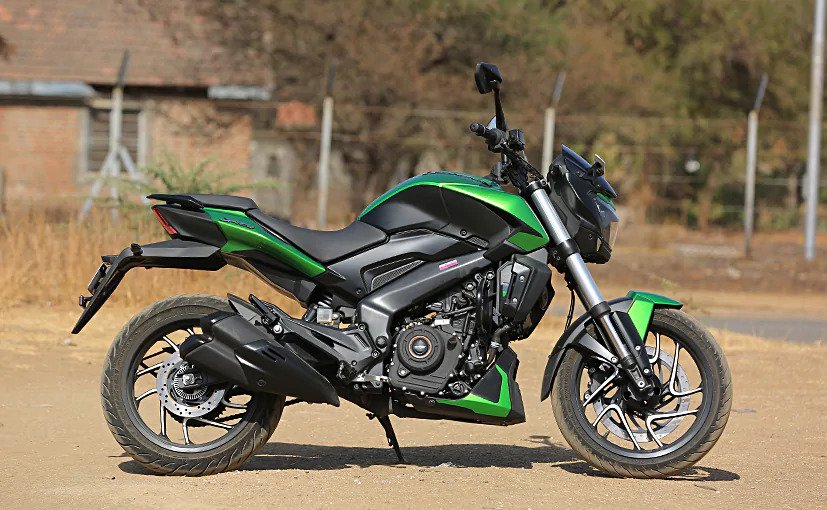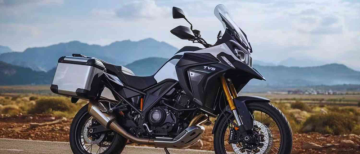Bajaj Auto, an Indian two-wheeler manufacturer based in Pune, firmly established itself as a major player in the motorcycle sector in India and around the world, especially after launching the iconic Pulsar motorcycle in 2001. The Pulsar was more than just another bike; it was a game-changer that redefined the Indian motorcycle market, ushered in a new culture of sporty, powerful bikes for the common man, and laid the foundation for Bajaj’s evolution into a global motorcycle powerhouse.
The Birth of the Pulsar — A Common Man’s Superbike
Before the Pulsar, the Indian two-wheeler market was dominated by small-displacement, fuel-efficient motorcycles primarily for daily commuting, mostly in the 80-125 cc range. Bigger capacity bikes were rare, except for the Royal Enfield Bullet’s niche. The bikes were mostly utilitarian, focused on mileage and basic transport rather than performance or style. When Hero Honda launched the CBZ in 1999, it hinted there was a market for sporty motorcycles in India, but no brand had yet captured this fully.
Bajaj saw the opportunity and decided to go against the grain. Instead of focusing on mileage, they aimed for power and style — this was the philosophy behind the Pulsar. Launched on 24 November 2001, the first-generation Pulsar came in 150cc and 180cc variants, offering 12 bhp and 15 bhp respectively, remarkable figures for Indian motorcycles at the time. The Pulsar combined power with a muscular design, featuring a voluminous fuel tank, comfortable riding posture, and disc brakes as a standard feature, a novelty then. Its single-cylinder, air-cooled engine set new performance benchmarks for Indian two-wheelers.
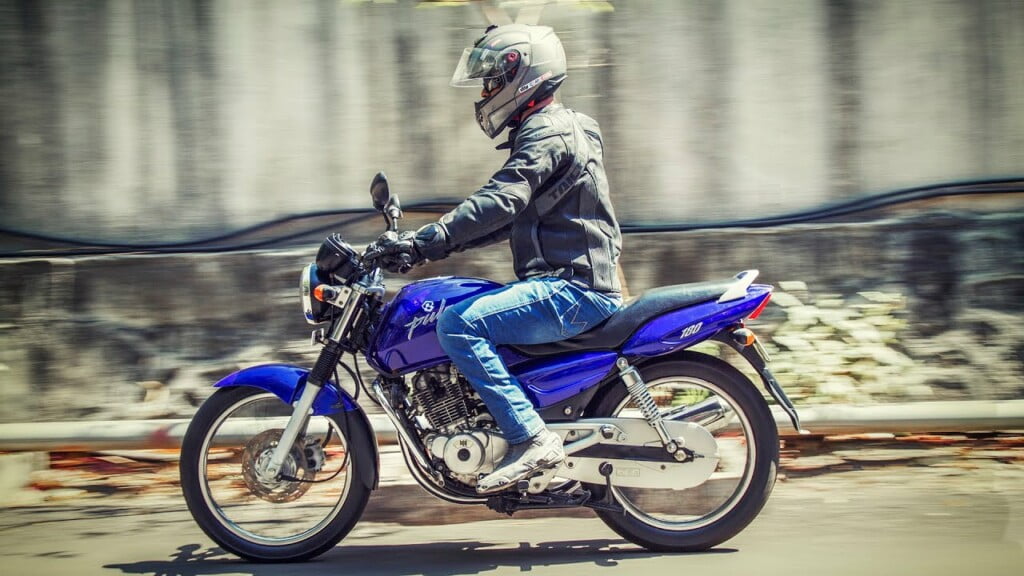
The Pulsar shocked the Indian market by fusing elements of a street sportbike with affordability and practicality. It appealed particularly to Indian youth and college students who had long desired something beyond basic commuter bikes but still within reach. Bajaj’s introduction of features like the Digital Twin Spark Ignition (DTSi) technology in 2003 further enhanced performance and efficiency, cementing Pulsar’s reputation.
Transforming Bajaj and the Indian Motorcycle Industry
The success of the Pulsar was a turning point for Bajaj Auto itself. By the late 1990s, Bajaj was the dominant scooter manufacturer in India but was losing ground in the growing motorcycle segment. The company was stuck in a traditional mindset, slow to innovate, and had dropped from the top two in two-wheelers to the fourth position behind Hero Honda, Yamaha, and TVS Suzuki.
With the Pulsar, Bajaj strategically shifted its focus entirely to motorcycles, betting big that Indians were ready to move away from scooters and embrace performance bikes. Pulsar’s success allowed Bajaj to exit the scooter segment and reposition itself as a motorcycle specialist.
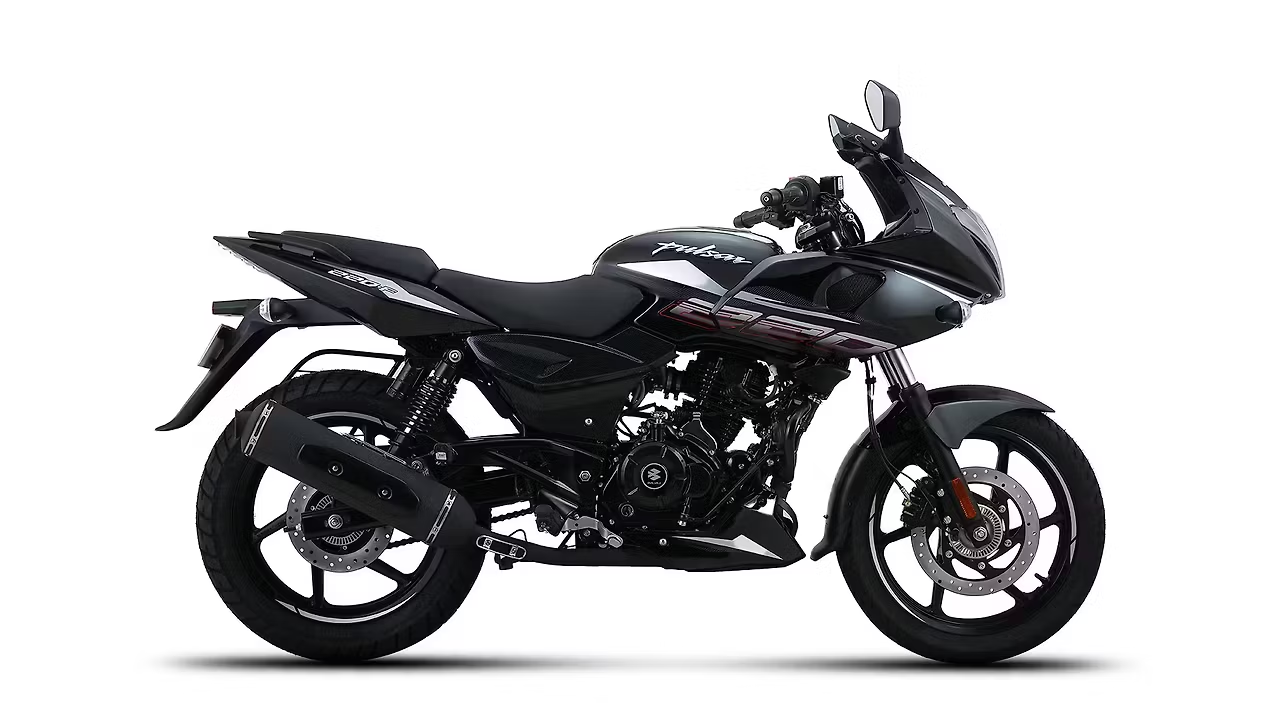
The Pulsar became the foundational platform from which Bajaj launched a range of other successful models, from 135cc commuter bikes to 220cc sportbikes, like the widely popular Pulsar 220. Bajaj’s approach of continuous incremental improvements—applying the Kaizen philosophy—kept the Pulsar line fresh and competitive with recurring upgrades to features, power output, and styling.
Bajaj’s Global Expansion and Strategic Acquisitions
Bajaj’s ambition was never just to rule India. With Pulsar’s domestic success and brand equity, Bajaj made strategic moves to expand globally in subsequent years.
An important milestone was Bajaj’s stake acquisition in the Austrian company KTM in 2007, known for its high-performance and off-road motorcycles. Bajaj gradually increased its shareholding and is now the majority owner of KTM. This partnership gave Bajaj access to advanced technology, premium segment expertise, and international markets.
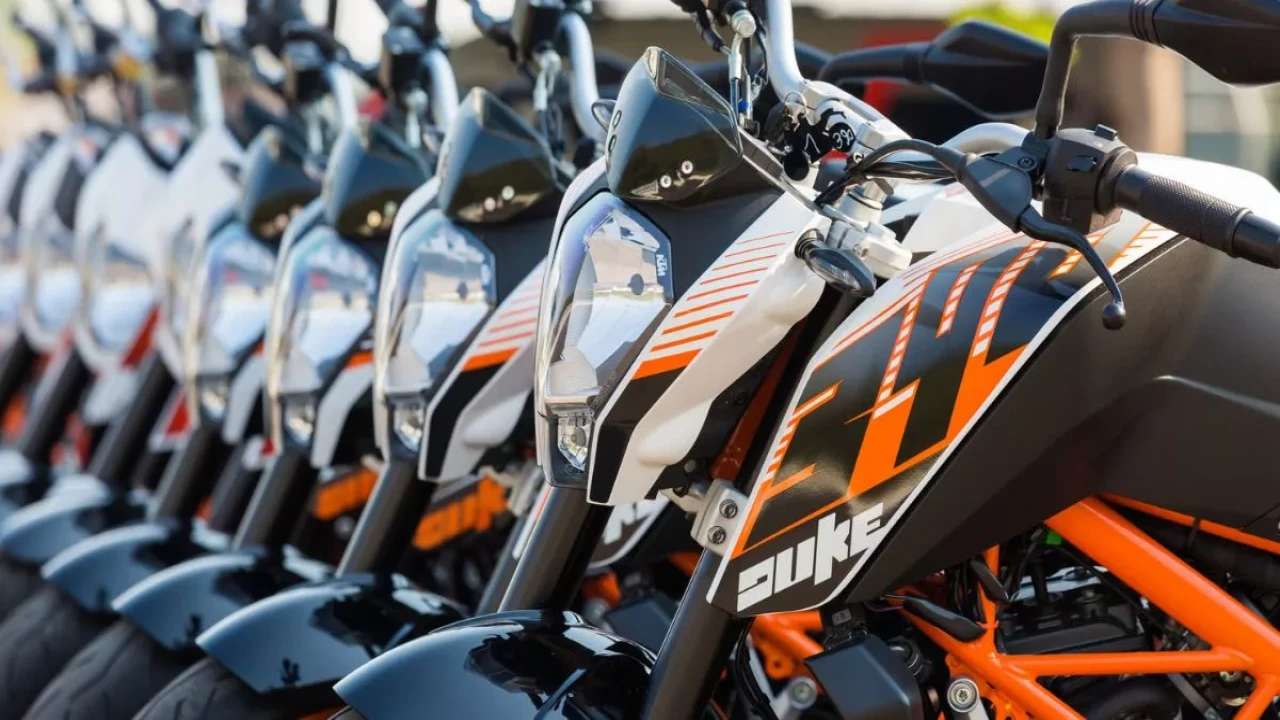
Beyond KTM, Bajaj entered into an alliance with British motorcycle brand Triumph, investing in the company to tap into premium motorcycle markets. Bajaj also manufactures parts for Japanese manufacturer Kawasaki, further embedding itself in the global two-wheeler supply chain.
Today, Bajaj’s model lineup includes Pulsar, KTM, and others that sell well not only in India but also in markets like Latin America, Southeast Asia, and Africa. The Pulsar itself is marketed as the “Rouser” in some export markets and enjoys robust demand.

In addition to its stake in KTM, Bajaj Auto has strategically partnered with other global two-wheeler giants to expand its reach and technological expertise. Bajaj holds a significant investment in Triumph Motorcycles, the renowned British brand known for its premium performance bikes.
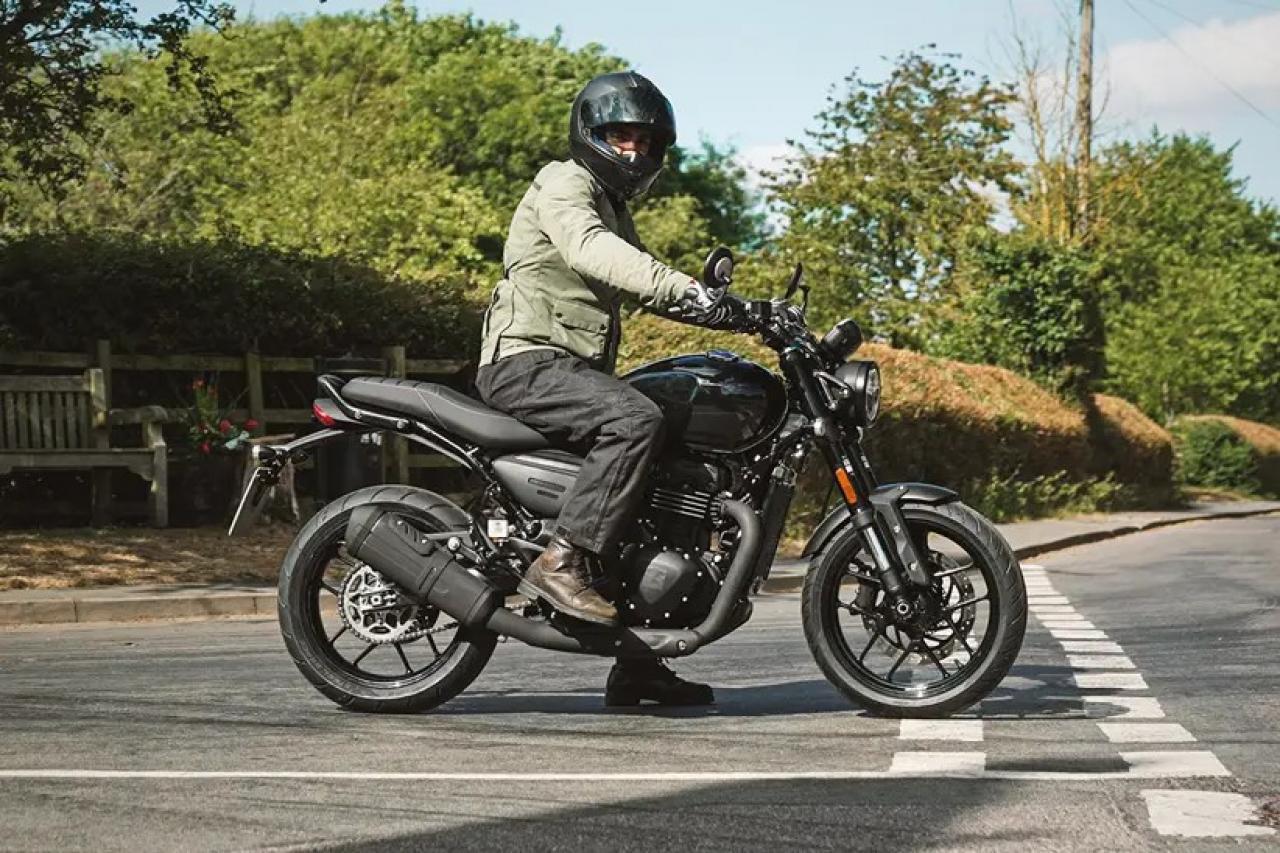
This alliance allows Bajaj to gain insights into the high-end motorcycle market and supports Triumph’s growth in emerging markets, especially India. Moreover, Bajaj plays a crucial role in the global supply chain by manufacturing key components for Kawasaki, one of Japan’s leading motorcycle brands. This collaboration not only strengthens Bajaj’s engineering capabilities but also highlights the company’s growing prominence as a trusted partner in the international motorcycle industry ecosystem.
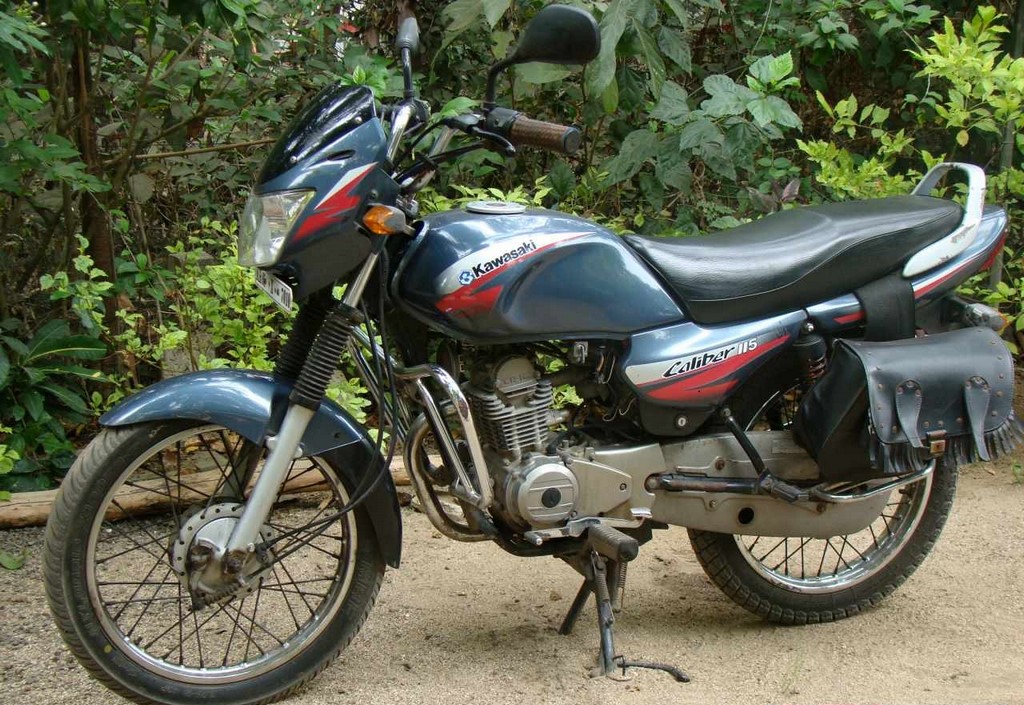
Bajaj’s Winning Formula: Innovation, Accessibility, and Global Vision
Several factors explain Bajaj’s remarkable rise:
-
Innovative Strategy: Pulsar was India's first true sporty commuter motorcycle, challenging the status quo of efficient but uninspiring bikes.
-
Focus on Youth: Pulsar tapped into India’s growing youth population seeking power, style, and individuality at affordable prices.
-
Technology and Consistency: Continuous upgrades such as DTSi ignition, fuel injection, disc brakes, and LED lighting kept the Pulsar line relevant and competitive.
-
Strong Brand Identity: Bajaj built a sporty, aspirational image while keeping products affordable, unlike purely premium brands.
-
Global Partnerships: Acquiring KTM’s majority stake, investing in Triumph, and manufacturing for Kawasaki integrated Bajaj into a global bike ecosystem, elevating its technology and market reach.
-
Export Success: Bajaj’s bikes are popular abroad, in markets hungry for affordable, reliable, and stylish motorcycles.
Final Thoughts
From the launch of the Pulsar in 2001 — the “common man’s superbike” — to becoming a global heavyweight owning KTM and partnering with Triumph, Bajaj Auto’s story is one of vision, innovation, and determination. The Pulsar not only transformed the company but also changed Indian motorcycling forever, proving that an Indian brand could conquer the fiercely competitive and globalized bike sector.
Today, whether it’s a Pulsar on Indian city roads or a KTM on international highways, Bajaj’s motorcycles carry the heritage of an Indian brand that dared to dream big and won the world’s respect. Whatever you ride, it’s still Bajaj.
With inputs from agencies
Image Source: Multiple agencies
© Copyright 2025. All Rights Reserved Powered by Vygr Media.



